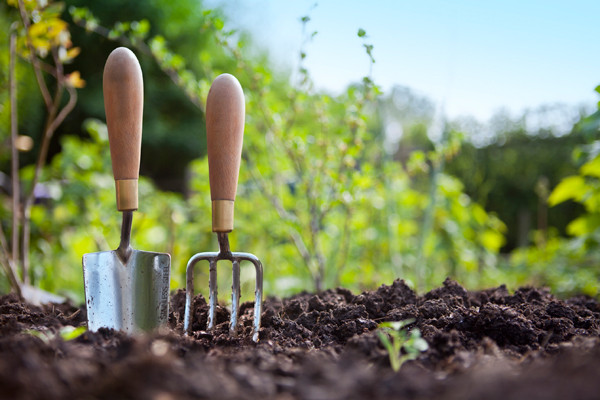Green Fingers
May can be the end of spring or the start of summer depending on what weather we are getting. Watching forecasters becomes part of the daily routine for gardeners. Longer evenings and warmer weather make all gardening tasks a pleasure.
The garden is changing almost daily. Trees come into leaf, shrubs burst into colour, new life seems to be everywhere. This also means the amount of work to be done increases.
Prune forsythia and ribes when they have finished flowering. It’s just deadheading really. Follow the dead-flowered shoot back down till you find a side shoot that has not flowered and cut above it. Keep going till you have done the whole shrub. If it’s an older shrub that needs rejuvenation, take out two or three of the thickest stems as close to the ground as possible. This will encourage new young shoots for next year.
Summer perennials will be putting on a lot of growth. Some of the taller ones may need supporting. Now is the time to do this before it needs it. The support should be a half to a third the eventual height of the plant. Only use supports on plants that need it, otherwise you end up with a bed full of metal and plastic.
Cut back alyssum, arabis and aubrieta when flowering is finished. Just trim them with kitchen scissors to tidy them up.
Dig up and divide clumps of primroses and polyanthus after flowering. They have a short lifespan and division rejuvenates them and increases your stock.
If you have hedges that you keep very formal, cut them towards the end of the month, when the new growth is soft. It’s easier to cut and less to clear up. If your hedges are informal, natural or native, leave them to grow and be used by wildlife.
It’s time to start thinking about mowing your lawn weekly or for best results every ten days. If there are weeds in your lawn, don’t worry about annual ones, regular mowing will take care of them. For the perennial ones, dig up by hand and bin them.
Summer bedding is for sale everywhere you look, but unless you have a glasshouse or conservatory that is frost free, resist the temptation. We may still get frost and any night temperatures of 3° or below will kill them. If you can store them frost free by all means plant up your hanging baskets, window boxes etc. Refill them with new compost. The top of the planted container should be 3cm/1in below the rim. For watering, plant them so they are full with root balls almost touching. This way they will fill out quicker and give an amazing display till first frost. Don’t put them out until June.


 Paul Gargan
Paul Gargan
